

 I couldn't decide which image I like best, so I am posting all three. These pictures are interesting variations on the use of repetition. The mannequins are the focal point of each story, and the fact that there are several of them is key. Grouping the mannequins gives them visual weight. The bars of the thrift store door also contribute a repeating element. What role does it play when you study the photographs that include it?
I couldn't decide which image I like best, so I am posting all three. These pictures are interesting variations on the use of repetition. The mannequins are the focal point of each story, and the fact that there are several of them is key. Grouping the mannequins gives them visual weight. The bars of the thrift store door also contribute a repeating element. What role does it play when you study the photographs that include it?The pictures tell different stories, based on the juxtaposition of the key elements - the mannequins - and the stories are influenced by the other design elements in each image. The misted windows and soft colors suggest one atmosphere, which is quite different from the clarity and harder edges in the other two photos. I find the projection part of the equation fascinating. My mind automatically begins to develop a story line when I study the pictures. I don't even have to do it intentionally.
The top photo feels poignant, maybe trapped. The middle image doesn't have as much emotional content for me. I see it as an abstraction - primarily form. The bottom image feels inviting in a funny way. Are the headless bodies inviting me in? Is this some weird scene from a horror film? Or just a friendly invitation to take a look around?
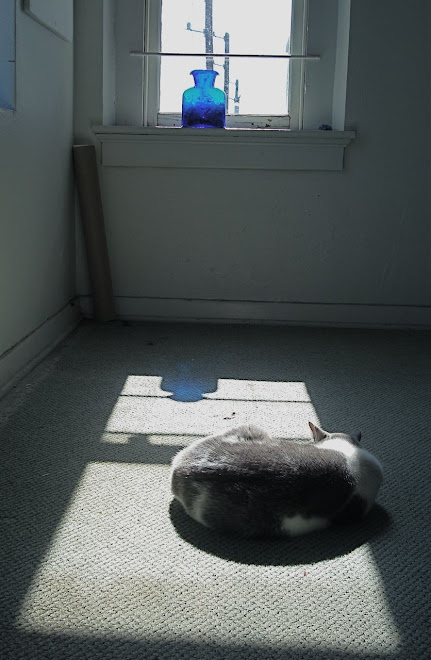
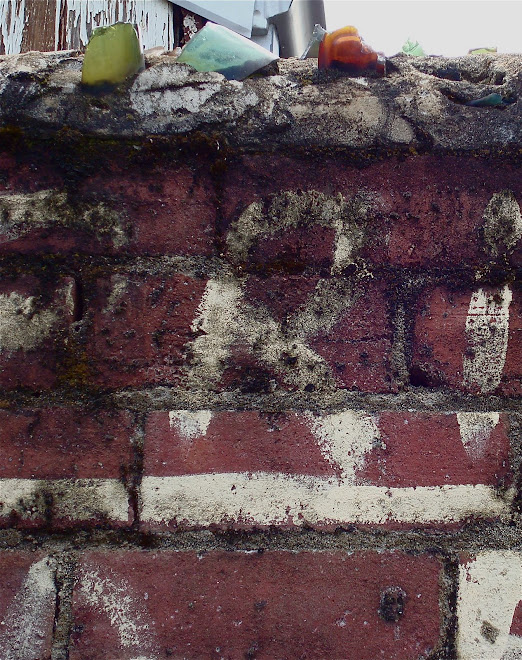
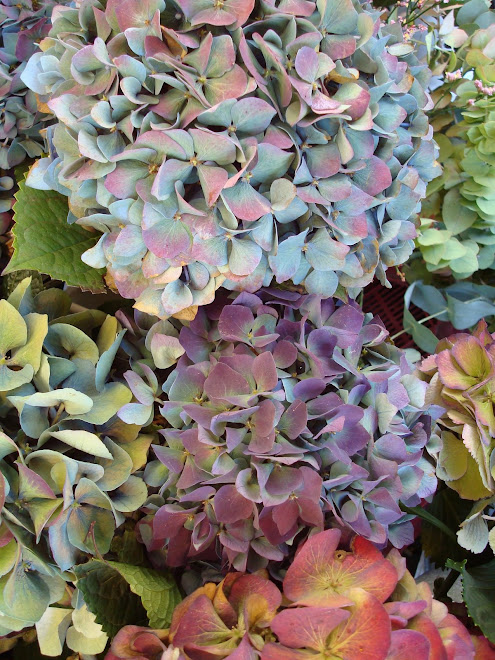
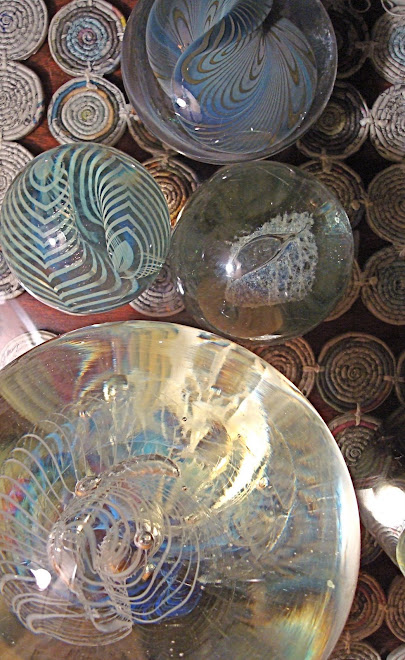
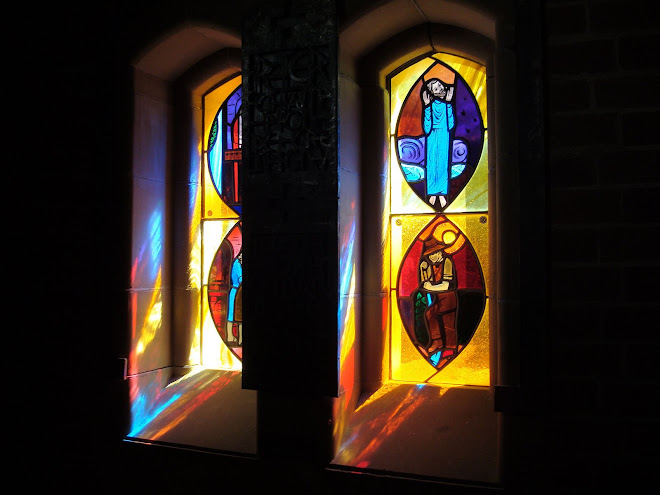







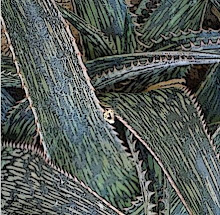
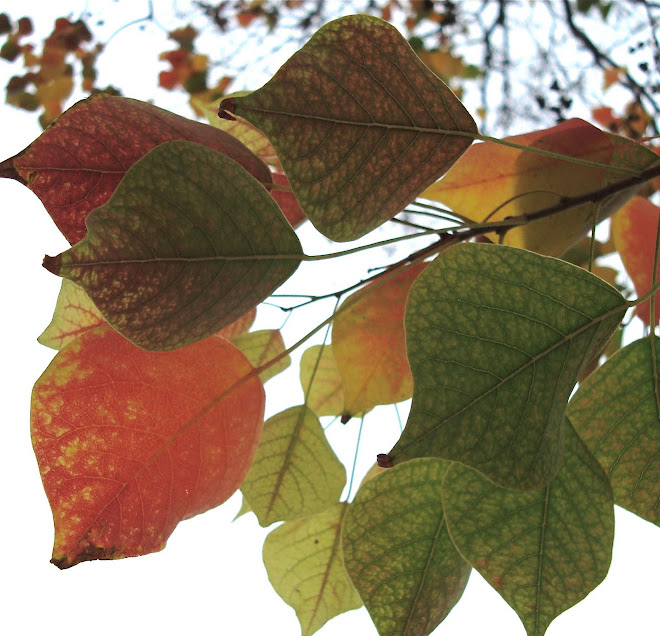
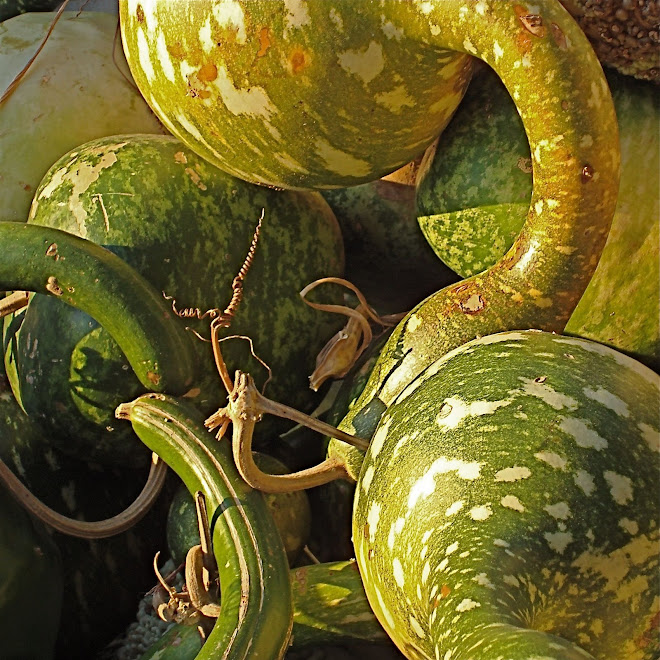
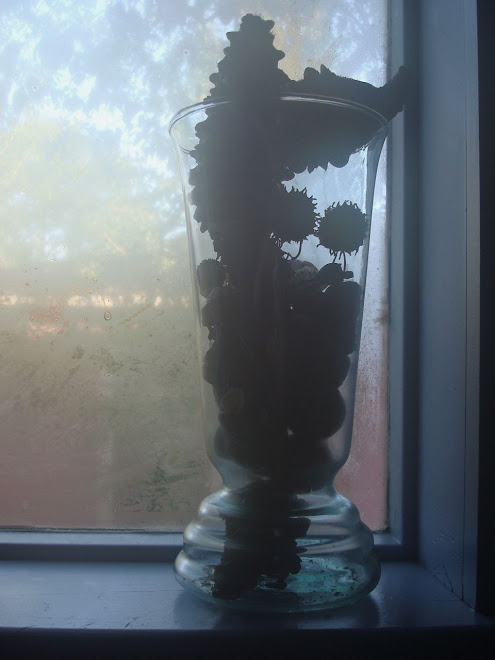
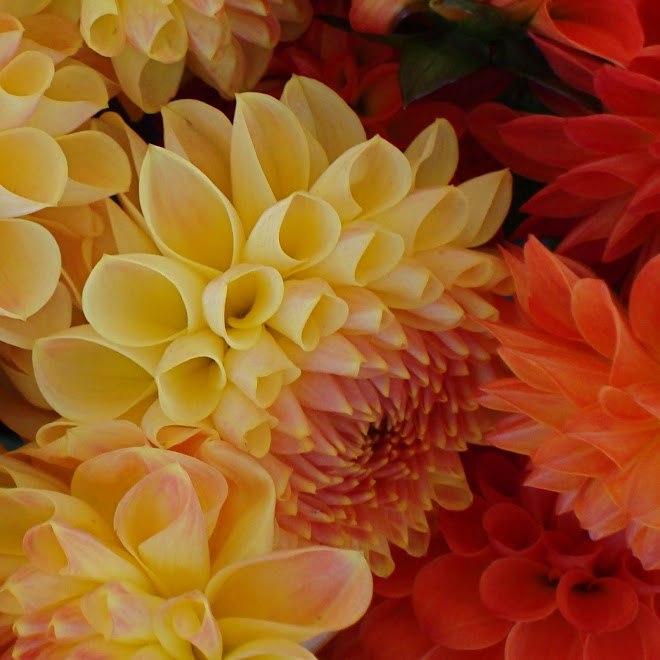
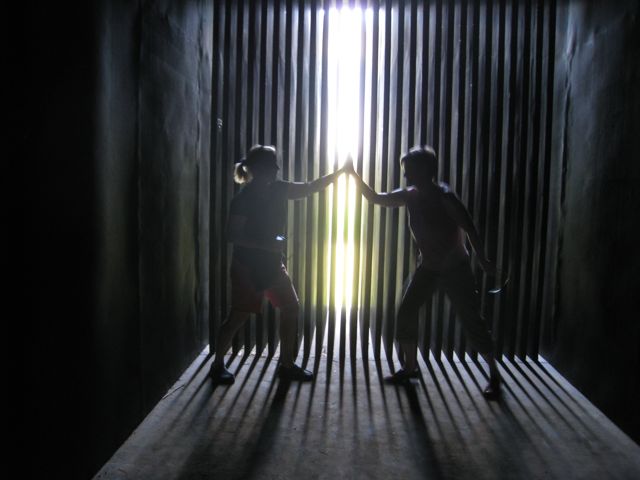
4 comments:
The glass does interesting things too, doesn't it? The light, the reflection, the distance it places between you and the subject. Fun to have the variations and how differently they feel. Such small differences really matter.
I too love the glass, especially in the first photo because images are superimposed, and you have to look hard to make out what they are!
Jane,
I just want to thank you for the inspiration. I also have started an exercise in photo journaling. I go to your site each day to see what you have done.
Thanks,
Ginny
The first photo is serious - the lines of the window and the 3 mannequins are very formal. The middle photo is less formal, but still disciplined. The third really made me laugh. I could see mannequin's making a run for it...looks like the two leading are peering outside to see if the coast is clear. .
Post a Comment